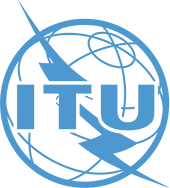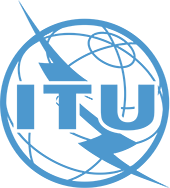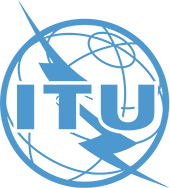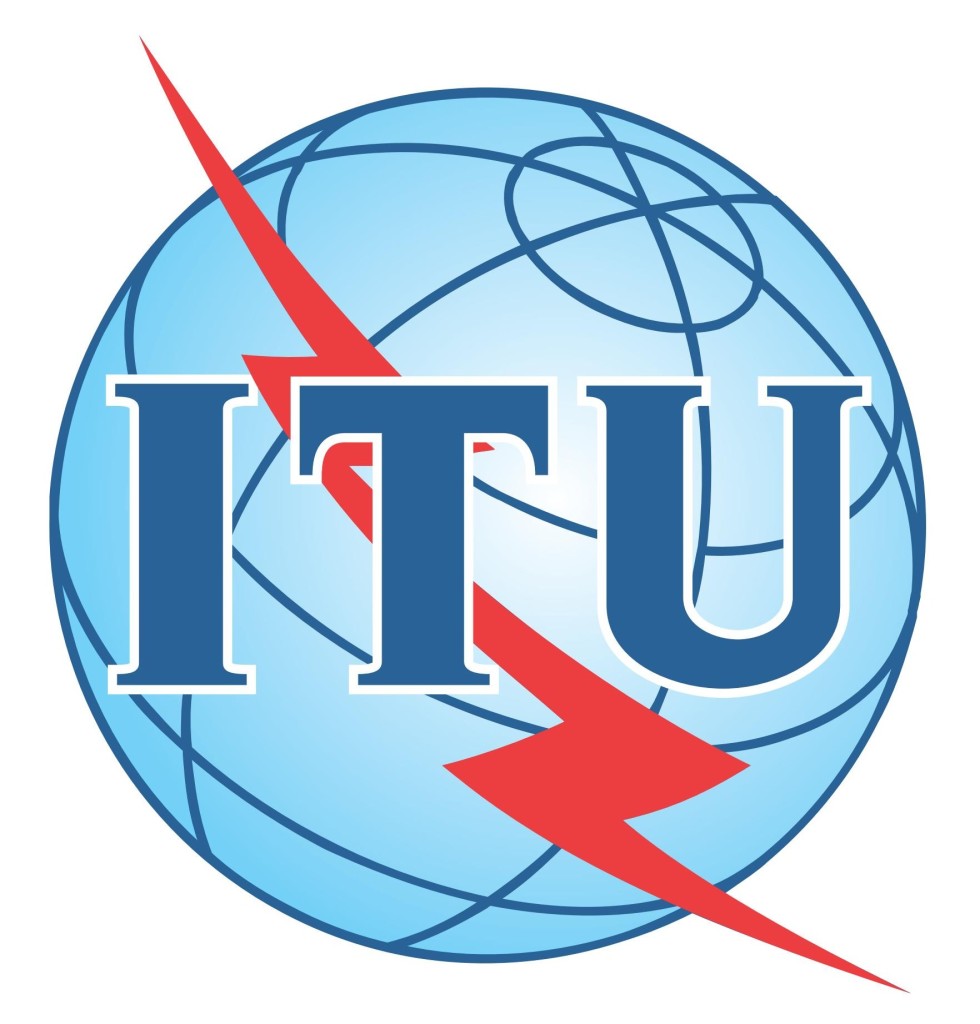Cloud computing - Trusted inter-cloud computing framework and requirements
This Recommendation specifies a framework of trusted inter-cloud computing and relevant use cases. It provides general requirements for trusted inter-cloud and specific ones related to governance, management, resiliency, security and confidentiality of trusted inter-cloud. The inter-cloud computing concept is based on the relationship (pattern) among multiple cloud service providers (CSPs). This pattern (peering, federation or intermediary) allows the CSP to interwork with one or more peer CSPs to assure intermediation and security of services provided by these CSPs.






